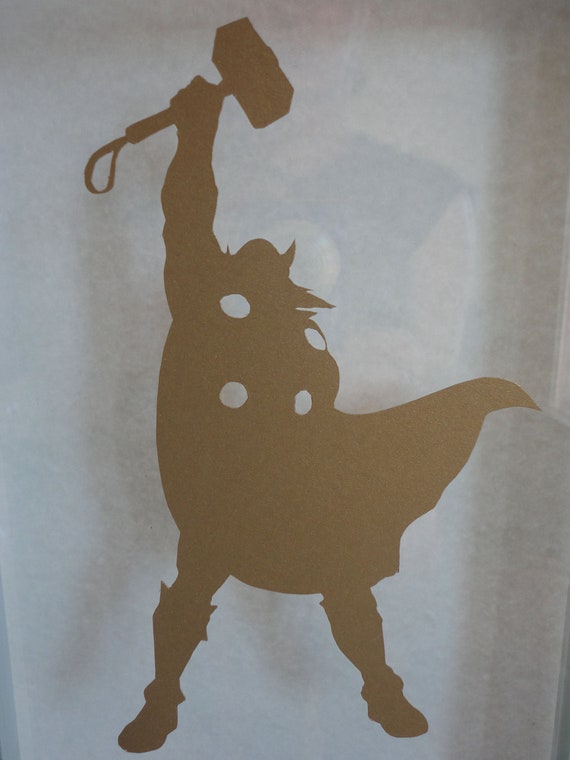I wrote most of this on Dec 17th, 2014:
I shared this photo with some family and friends, accompanied by the following email:
I shared this photo with some family and friends, accompanied by the following email:
“We
took this photo at the dress rehearsal of the Rock of Ages historic lantern tour. My fellow Rangers and I portray various key people from
the history of Carlsbad Caverns. I portray Ray V. Davis,
photographer. His pictures were instrumental in drawing attention to
Carlsbad Caverns, from both the public and government officials,
leading to its protection as a National Monument in 1923. (It became
a National Park in 1930.) I may temporarily lose the facial hair for
the final performance, to look more period-authentic. Yes, that is a
real period-authentic camera that I carry, from the days when
exposures were 14-28 minutes, and you needed to illuminate the cave
with a brilliant flame--Davis invented a pyrotechnic device for this
purpose, wherein he blew through tubes to feed magnesium powder into
the flashpan torch. I have a mock-up of that too, but can't use it,
since it wouldn't pass OSHA."
Now, Rock of Ages is over. It was a collective victory. I am exhausted.
Along this lantern-lit tour, the historic figures positioned themselves at various points along the trail. Upon arriving at each point, the lighting technicians showed their spotlights upon the character, who presented their sketch, to illustrate their importance in caverns history, and connect it to the tour's broader themes--this one focused especially on preservation. Each historic person then joined the tour--in character. I shared my stop with Ranger Jeff, who portrayed Dr. Willis T. Lee (fourth from left in middle row)--the first geologist to make study of Carlsbad Cavern. And he wrote articles for National Geographic about the great cave experience. These were illustrated with photos by both Davis and Lee, after Davis taught Lee how to tackle the challenge of cave photography. At our stop, we each promoted ourselves and the cave. Jeff portrayed Lee as an egotistic and condescending Scientist; my version of Davis was an enthusiastic southern business man, skilled at customer service, but ready to hold his ground. (And I quoted Davis directly as much as possible in my dialog, drawing upon the various articles and interviews he left behind.) The back-and-forth banter and bickering between us reminded me a bit of the interactions of the twin protagonists of Dual Survival. In any case, this artist-playing-an-artist could hold his own in the flyting. I also involved the audience by posing them for a group photo with the antique camera. I received laughs when I explained that it's a 28-minute exposure. I took out and explained the pyrotechnic device, and lit a match--but was interrupted by Lee before I could start the blaze! Some members of the audience gasped, thinking I really was going to fire it up.
Pat retires this year. Her work was the inspiration for the preservation theme of this year's Rock of Ages tour. By a fortunate coincidence, 2014 marks the 50th anniversary of the Wilderness Act; and so we subtitled our tour "Preserving an Underground Wilderness."
The tour culminated with a black out by column known as the Rock of Ages, accompanied by the singing of the traditional Christian hymn of the same title. Then, from out of complete blackness, the Big Room is re-illuminated a section at a time, with our loyal light technicians scurrying from one switch to the next. This is a historic reenactment of the ceremony which used to conclude all guided cave tours of the Big Room from 1928 to 1944. Eventually, the Secretary of the Interior ordered the caverns staff to stop the Rock of Ages ceremony, claiming that it was unprofessional. Maybe so, but it was also a moving and emotive moment for many visitors (and rangers!) Therefore it is unsurprising that there have been many reenactments over the years; with the formalized historic lantern tour in December established as a new tradition since 2008.
The tour culminated with a black out by column known as the Rock of Ages, accompanied by the singing of the traditional Christian hymn of the same title. Then, from out of complete blackness, the Big Room is re-illuminated a section at a time, with our loyal light technicians scurrying from one switch to the next. This is a historic reenactment of the ceremony which used to conclude all guided cave tours of the Big Room from 1928 to 1944. Eventually, the Secretary of the Interior ordered the caverns staff to stop the Rock of Ages ceremony, claiming that it was unprofessional. Maybe so, but it was also a moving and emotive moment for many visitors (and rangers!) Therefore it is unsurprising that there have been many reenactments over the years; with the formalized historic lantern tour in December established as a new tradition since 2008.
For months, the caverns staff has prepared for Rock of Ages. Now that it's over, a weight is off our shoulders (to soon be replaced by other weights.) Along the way, I made sure that we experienced the other Rock of Ages--I coordinated it with our Thanksgiving for "orphans" back in November. We thumped to the raucous Def Leppard song and the greatest hits album of the same title while cooking parts of our Thanksgiving feast. And after Thanksgiving dinner, we gathered around a large flatscreen television with its theater-like sound system, and watched the 2012 Hollywood musical Rock of Ages. Some film critics and members of our CAVE team rather dislike this film, but I am indifferent to their claims. For me, the film pulls at my heart strings, while making me laugh, and relive the wonder and nostalgia of the 1980s "decade of rock." (Even though I did not become a serious rock listener until the 1990s, many of these same hits still rattled our boomboxes and televisions, much to the chagrin of our parents.)
I have always supported the personal freedom to draw and sing, and contended that whales and polar bears should have these freedoms too. Which is why you and I have cause for some holiday cheer--President Obama has used executive action to protect Bristol Bay in Alaska! Take a moment to celebrate--and then a thousand more battles await. We have wilderness and farm and sea to protect, realms above ground and below.
Topmost photo by Mannie Bemis, National Park Service.
Middle photo by Jeff Strang, National Park Service.
Rock of Ages movie poster copyrighted to New Line Cinema, low-resolution reproduction used here for educational purposes only.
Middle photo by Jeff Strang, National Park Service.
Rock of Ages movie poster copyrighted to New Line Cinema, low-resolution reproduction used here for educational purposes only.















































